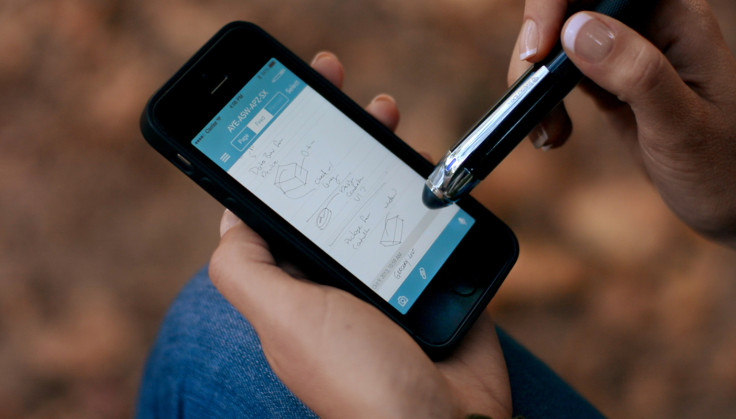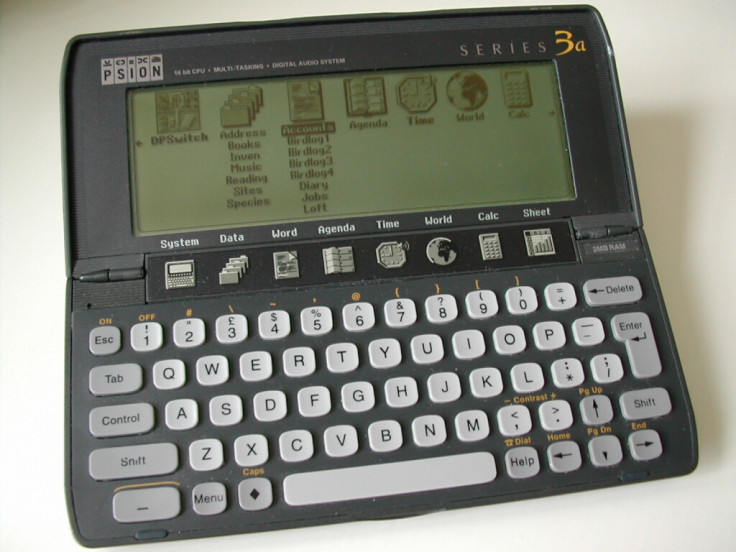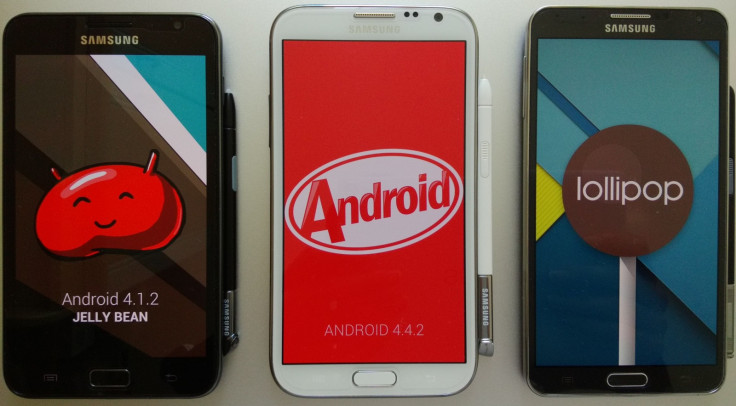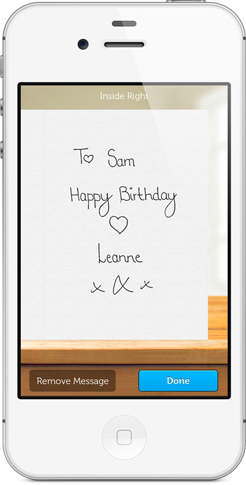Can evolving smart technology replicate the personal touch of handwriting?

Despite being something that many of us have taken for granted since we were very young, the journey of handwriting through history is a fascinating thing to consider. One of man's most enduring inventions, what started as carving tallies into wood or stone to mark numbers made the jump to recording language over 5,200 years ago. The Mesopotamians claim this honour circa 3200BCE, beating the Mesoamerican peoples to the idea by a good 2,600 years.
As a means of bridging our inner and outer perceptions of language, writing began as simple glyphs etched into clay or wood to represent ideas or physical objects. Eventually we begun to write phonetically, with writing representing sounds and syllables rather than things or ideas. Finally, alphabets developed to break language down to its root components, all as early as the 11th century BCE.
Of course, as our methods evolved so did our tools. Moving from stone and clay to papyrus and paper required more precise implements to inscribe words. Reed brushes and simple pens gave way to quills around 100BCE, which stayed in vogue for centuries before evolving into the pens as we know today, leaving us with a means of communication that is always reliable, requires no electricity, and is totally unique to each person employing it down to the last spot of ink.

From writing to text and back again
It's this uniqueness that has long eluded programmers as they attempt to replicate the organic element of writing.
The nature of the way we write means our eyes recognise letters as written even though the shapes and sizes of letters, the spacing between them, and even the pressure applied to the page varies from person to person.
Getting machines to recognise and replicate handwriting are two wholly different engineering feats.
The advent of PDAs in the mid '80s presented consumers with software sophisticated enough to translate their handwritten notes into text to be copied, emailed or just stored safely. Modern tablets give us the same functionality with the added bonus of cloud storage to remove the risk of notes being destroyed or filed away... somewhere, never to be seen again.
Early applications of this software, echoing the earliest recorded etchings of man, were used for simpler tasks like recording stock numbers. This required a less comprehensive system of recognition (only needing to recognise the numbers 0-9 without letters, for example) and often needed users to be careful about writing numbers clearly.
Over time this developed into what's known as feature extraction. Touchscreens became able to tell when users were drawing two angled lines and a horizontal line joining them to make an A, and so forth. This method of recognition accounted for the discrepancies between the many ways in which individuals draw those three lines.
Programs like Evernote allow users to transcribe to the same stored bank of notes from various machines and further eliminate filing and retrieval problems posed by paper note-taking. Evernote's 2012 acquisition of the Penultimate app (at the time the 4th most downloaded app ever) fleshed out its range of services and elevated it to one of the most comprehensive note-taking and archiving tools going.

Smartpens like those produced by LiveScribe are another means of taking your handwriting digital. These pens record the minute motions made by your hand, pick up what you're writing and transfer the data via Wi-Fi to apps like Evernote.
The same functionality exists on smartphones like the Samsung Galaxy Note phone. It's this interplay between recording hardware and interpretation/translation software that keeps handwriting relevant in the digital age and keeps us away from being slaves to the keyboard.
The personal touch

As a personal, human means of communication, the emotional effect of handwriting is a much sought after thing in certain industries. Apps like Inkly allow users to send personalised greetings cards with hand-written notes inside. By writing their messages on blank paper and photographing them using Inkly, they're then translated digitally onto the card and sent to the lucky recipient.
As a translation tool between languages, which employ different alphabets, this technology is also incredibly useful. Google Translate stays ahead of the game by allowing users to draw, for example, Chinese characters using their stylus or mouse. Google then scans these and suggests possible matches. Users select from the options and Google translates the message into the desired language.
Technology to recognise and replicate handwriting is constantly evolving and adapting with we how use it. As long-form writing tends to now be typed, we find our pens employed more in a note-taking, on-the-spot capacity, and this is how our tools are being updated.
The hand-written word then, is definitely here to stay. As a means of conveying meaning it's just too personal and convenient to abandon in favour of keyboards.
Article contributed by Jonny Rowntree, on behalf of Elanders UK.
© Copyright IBTimes 2025. All rights reserved.





















